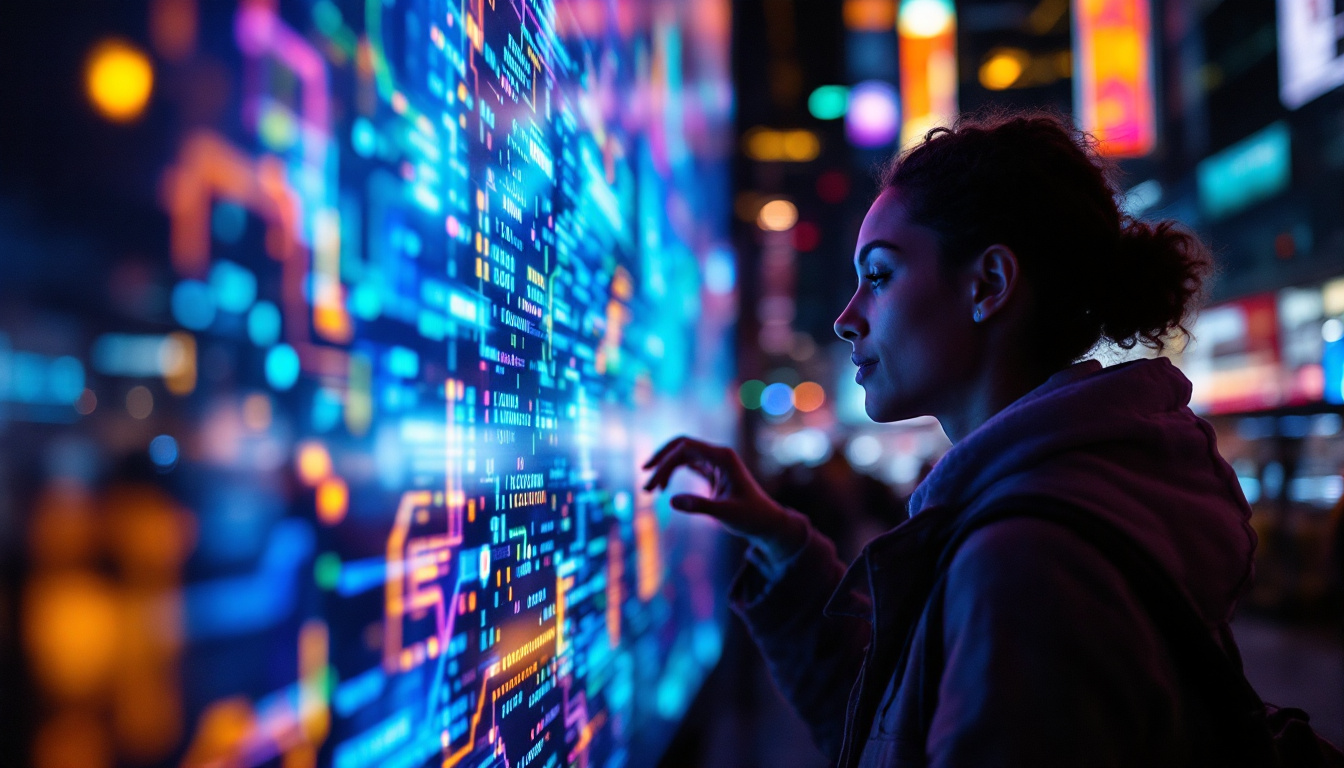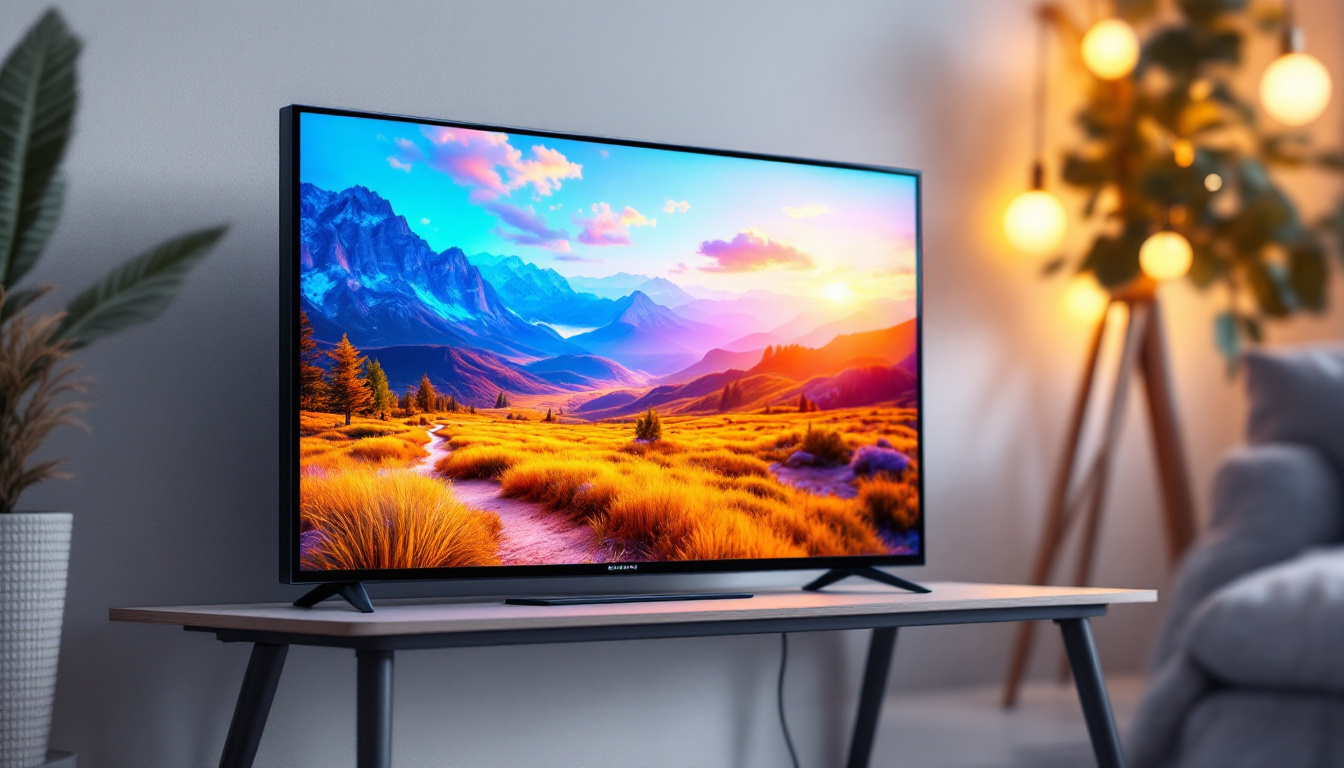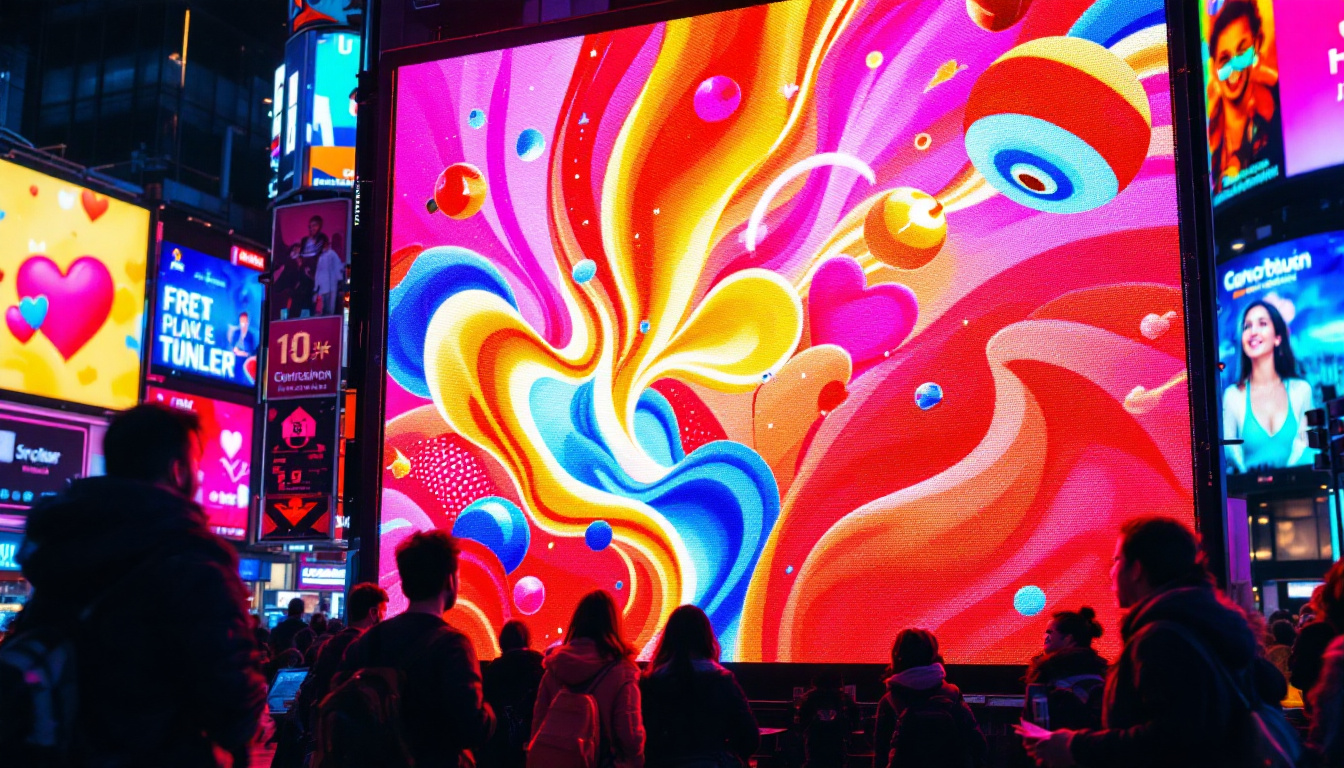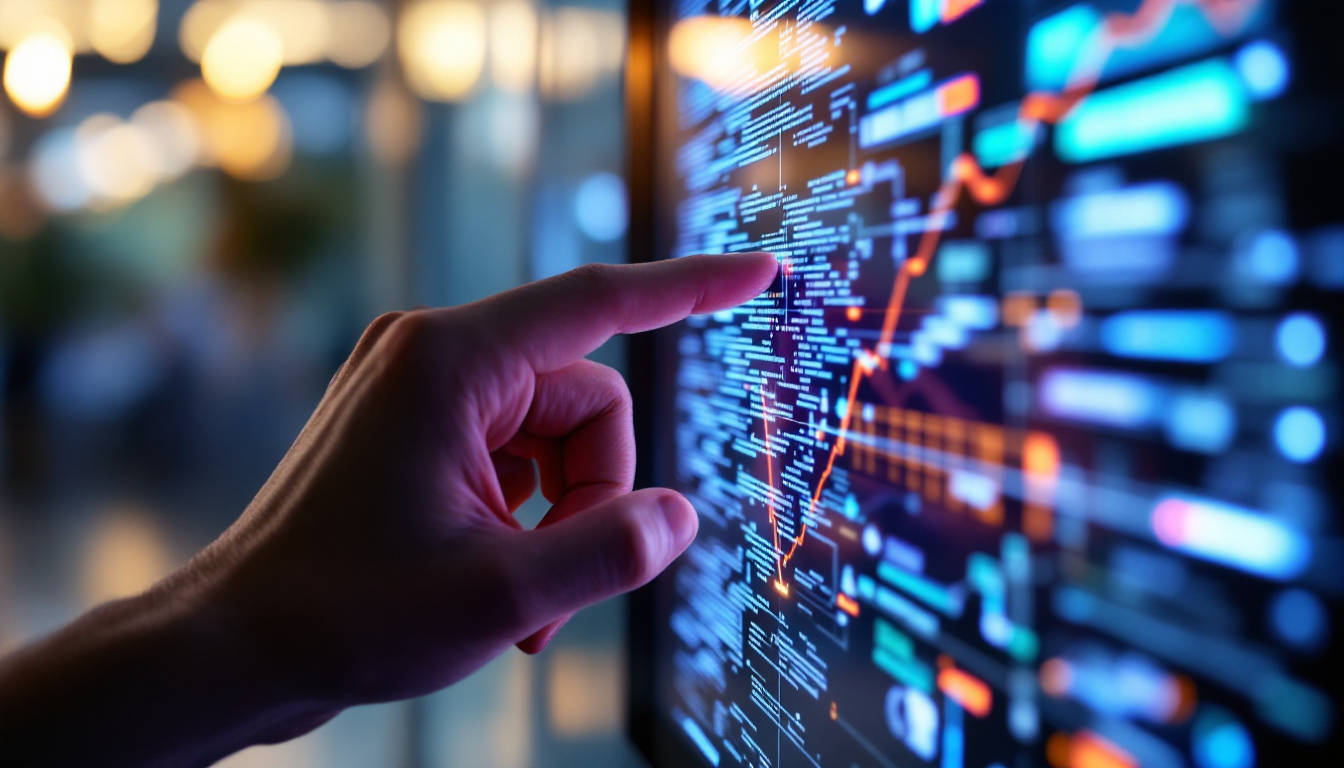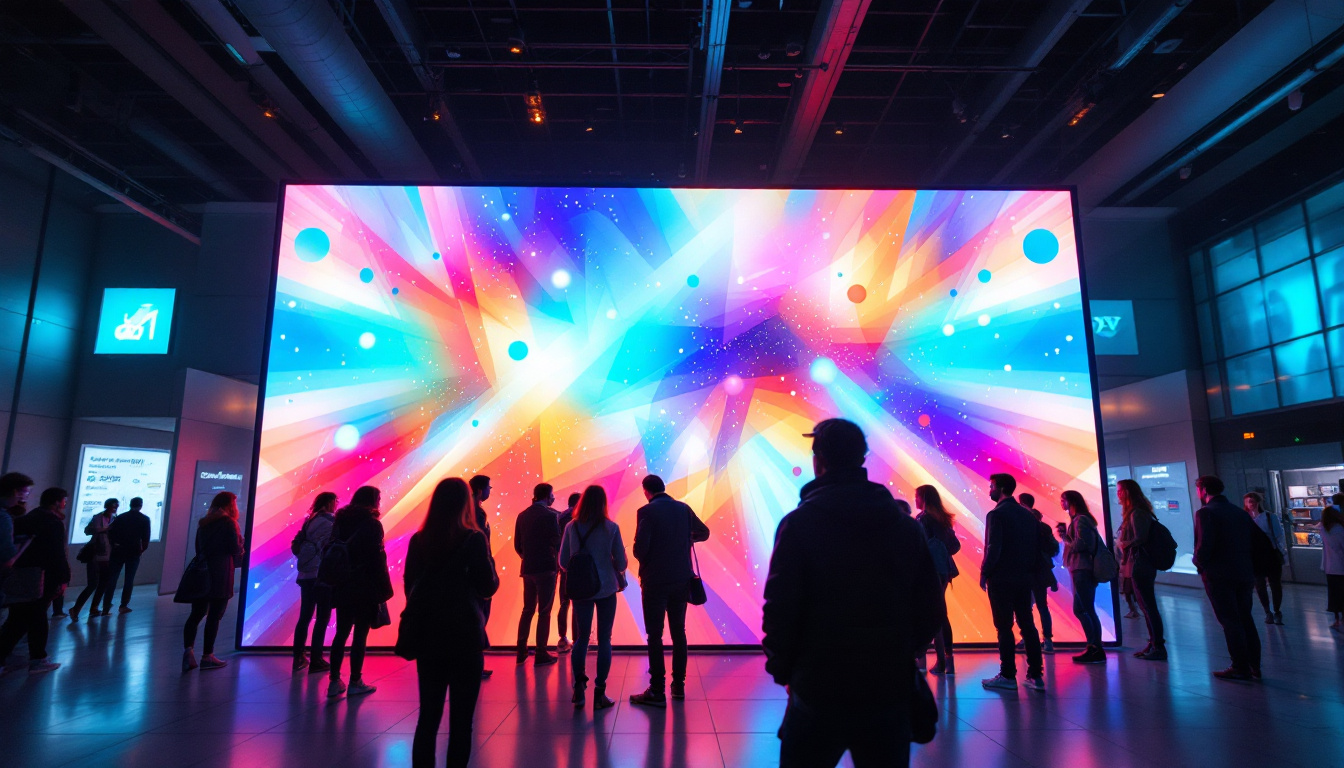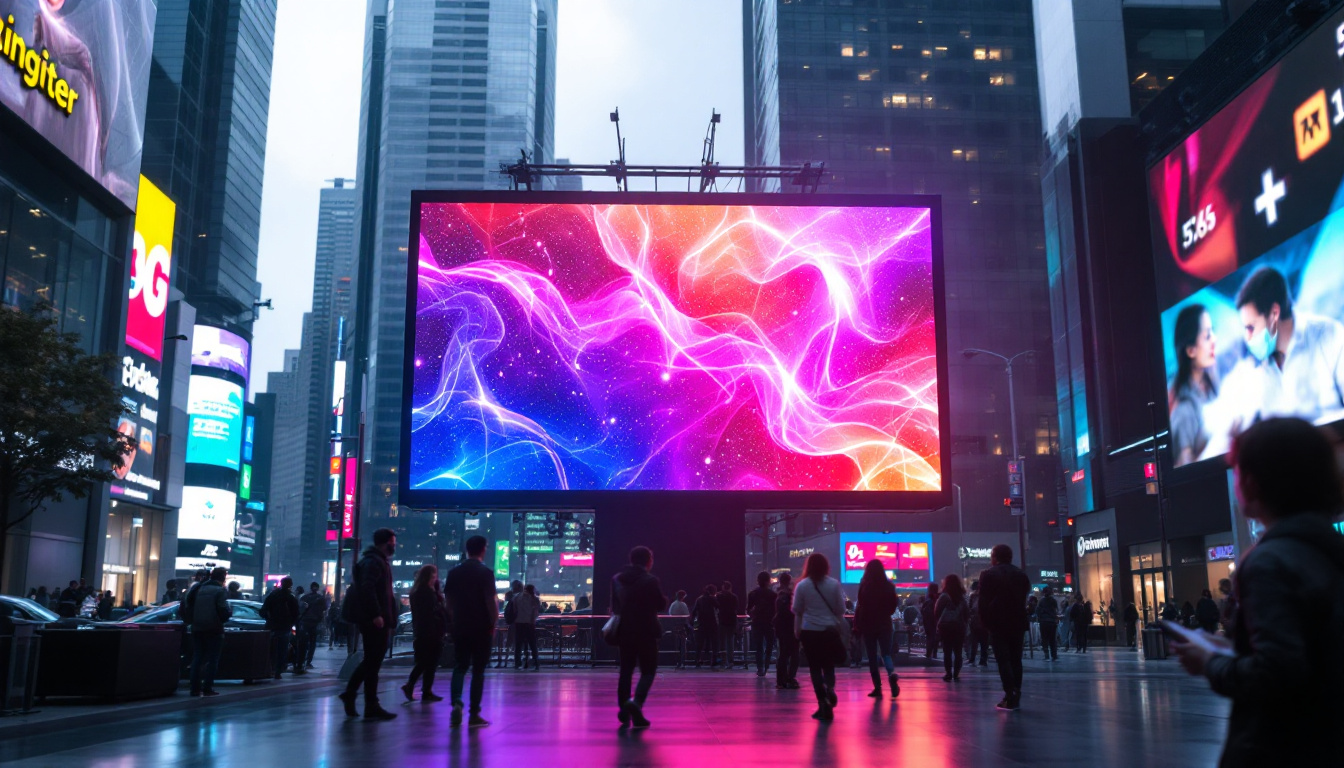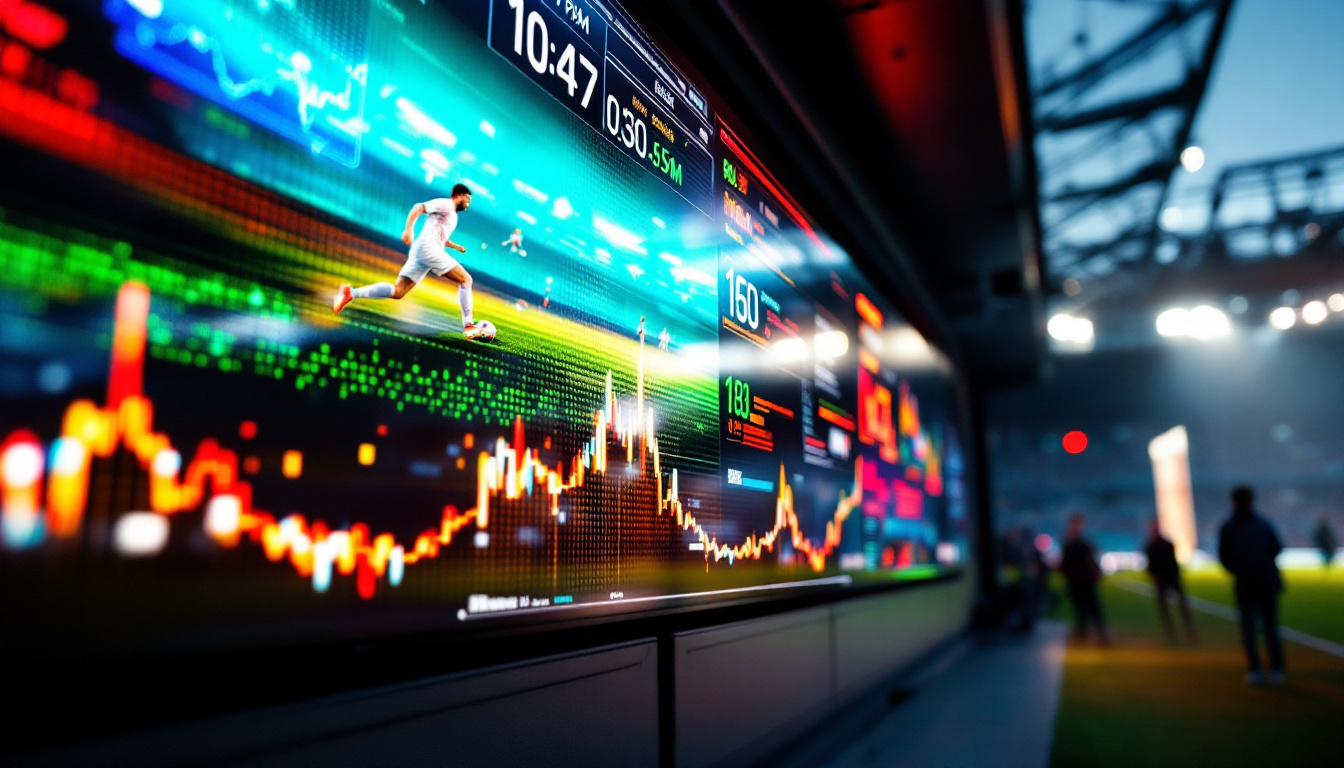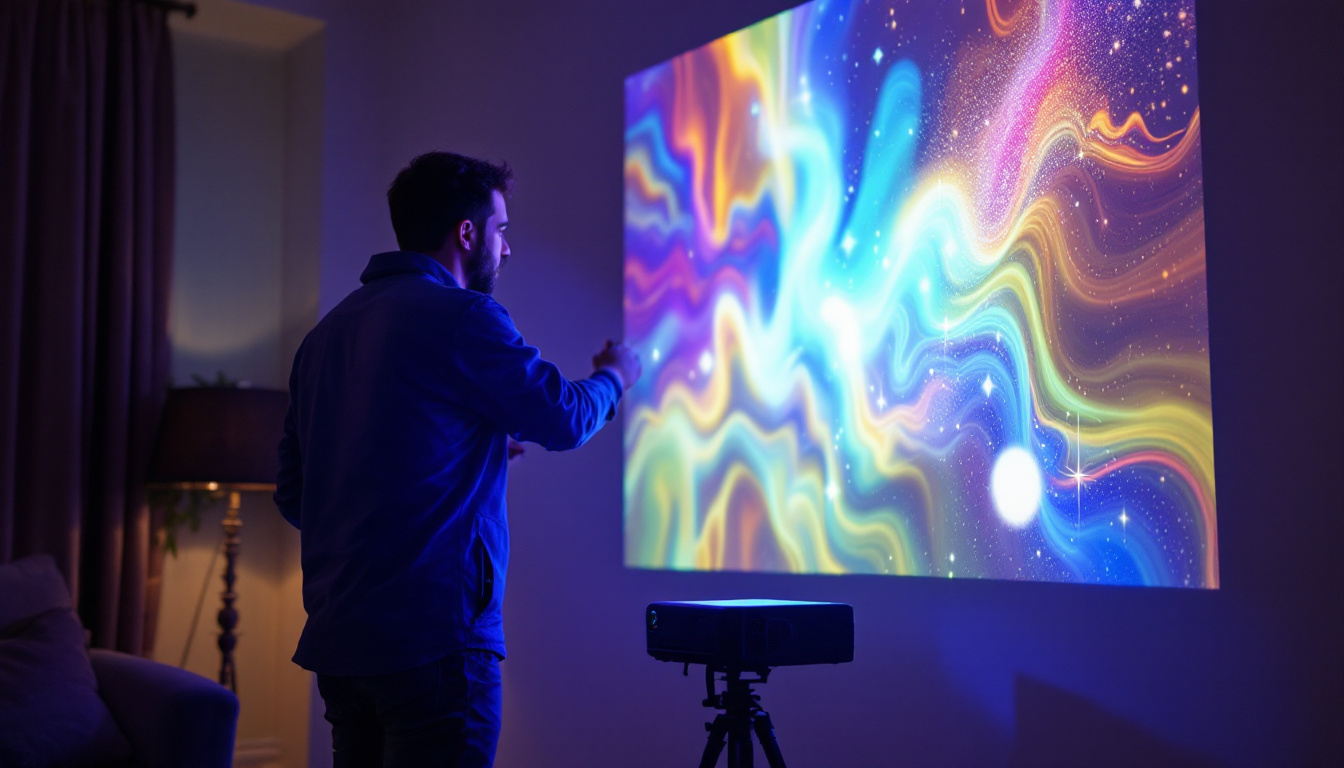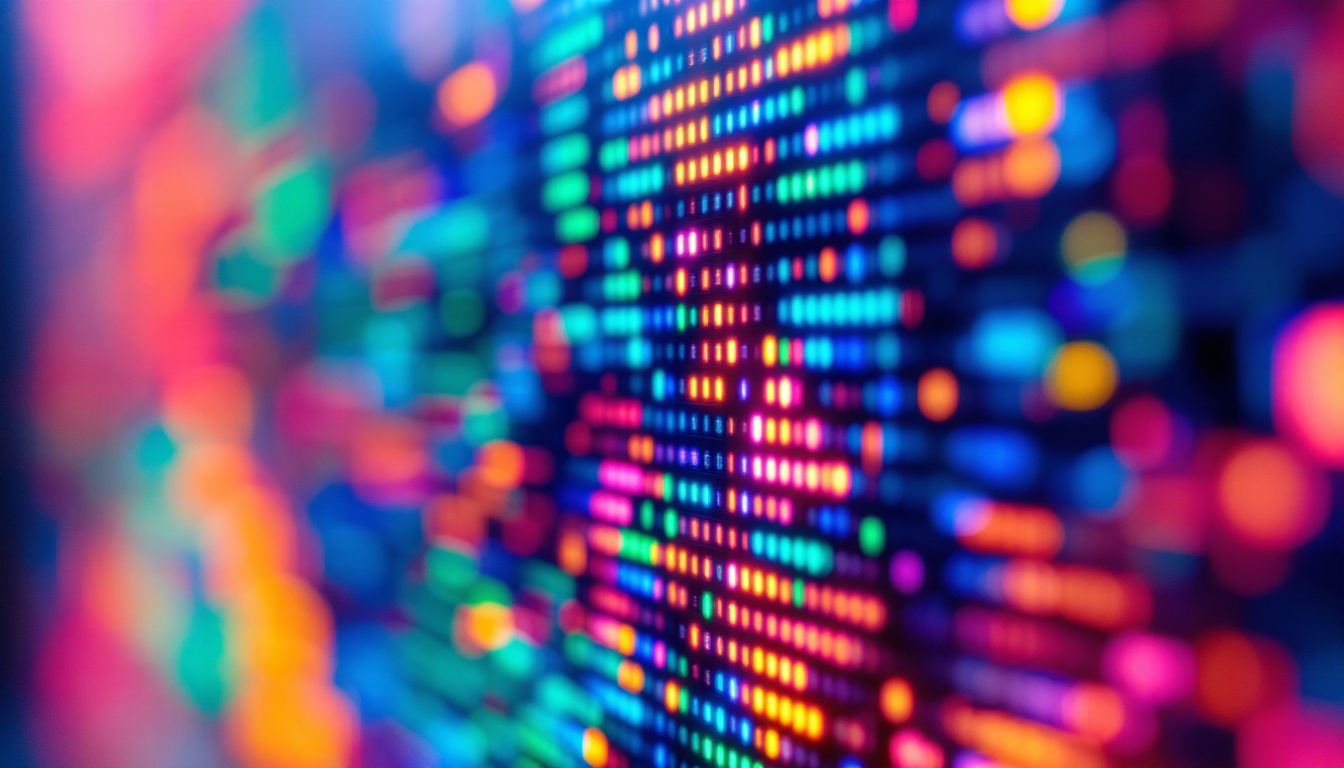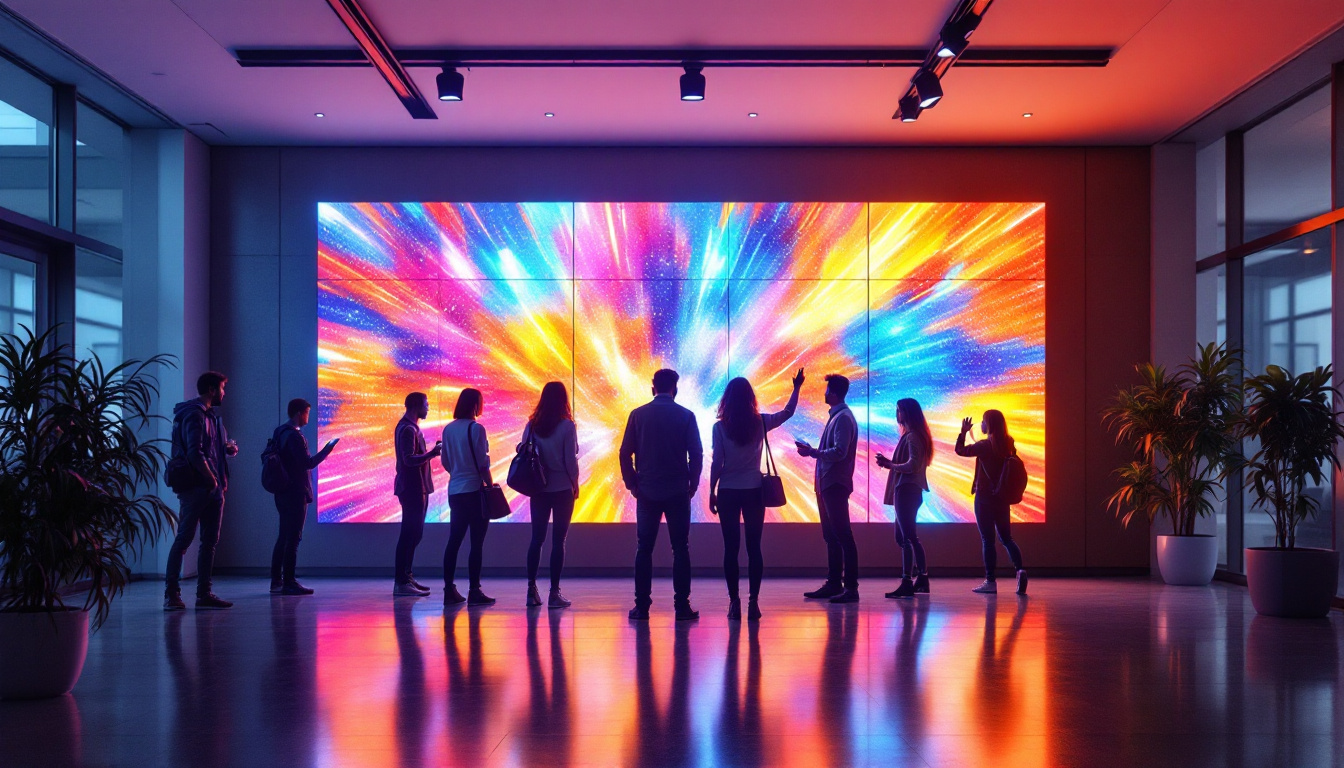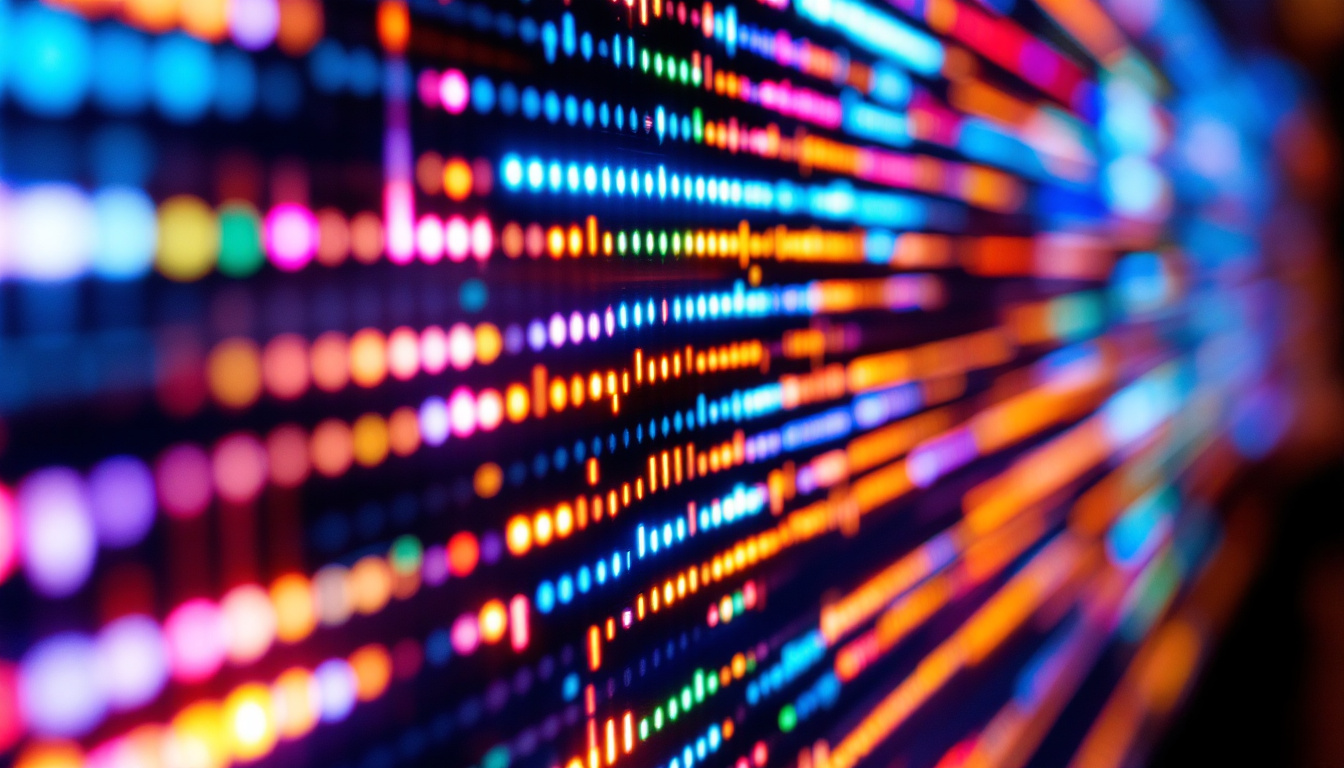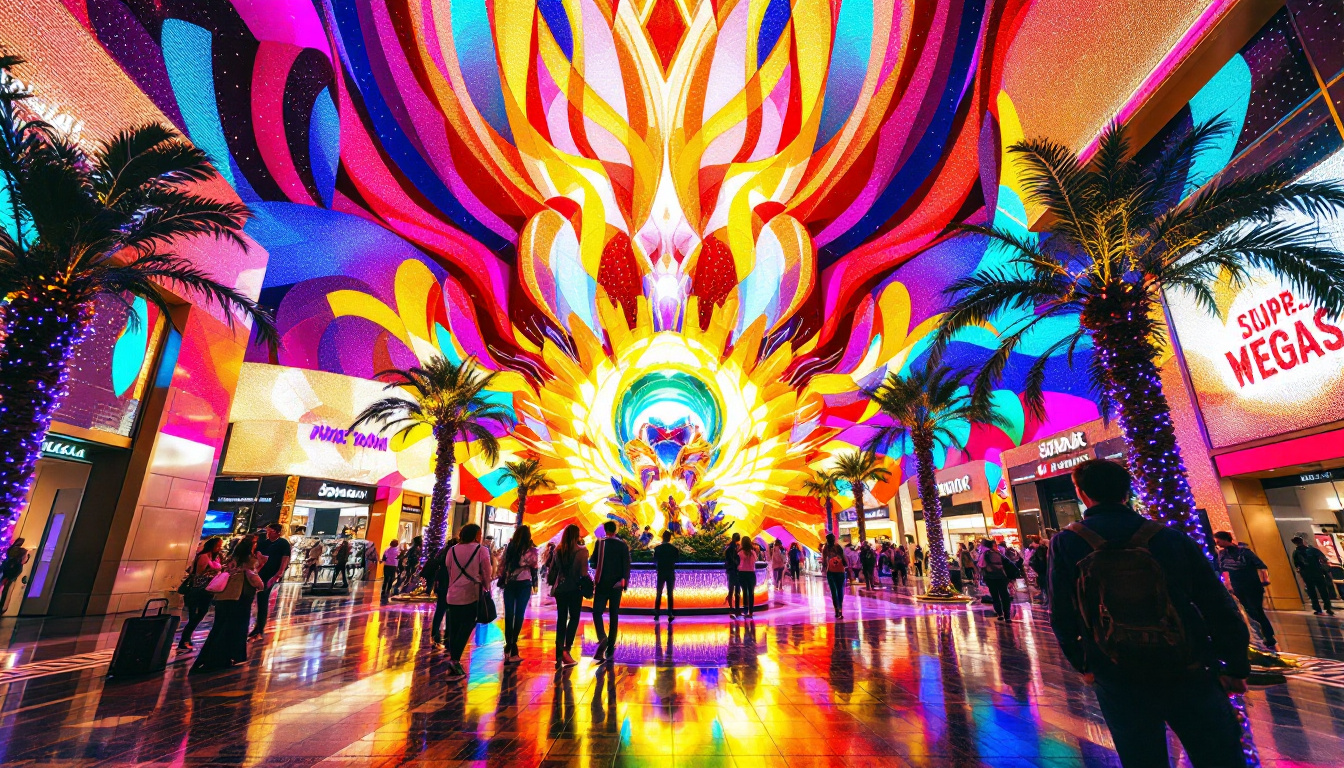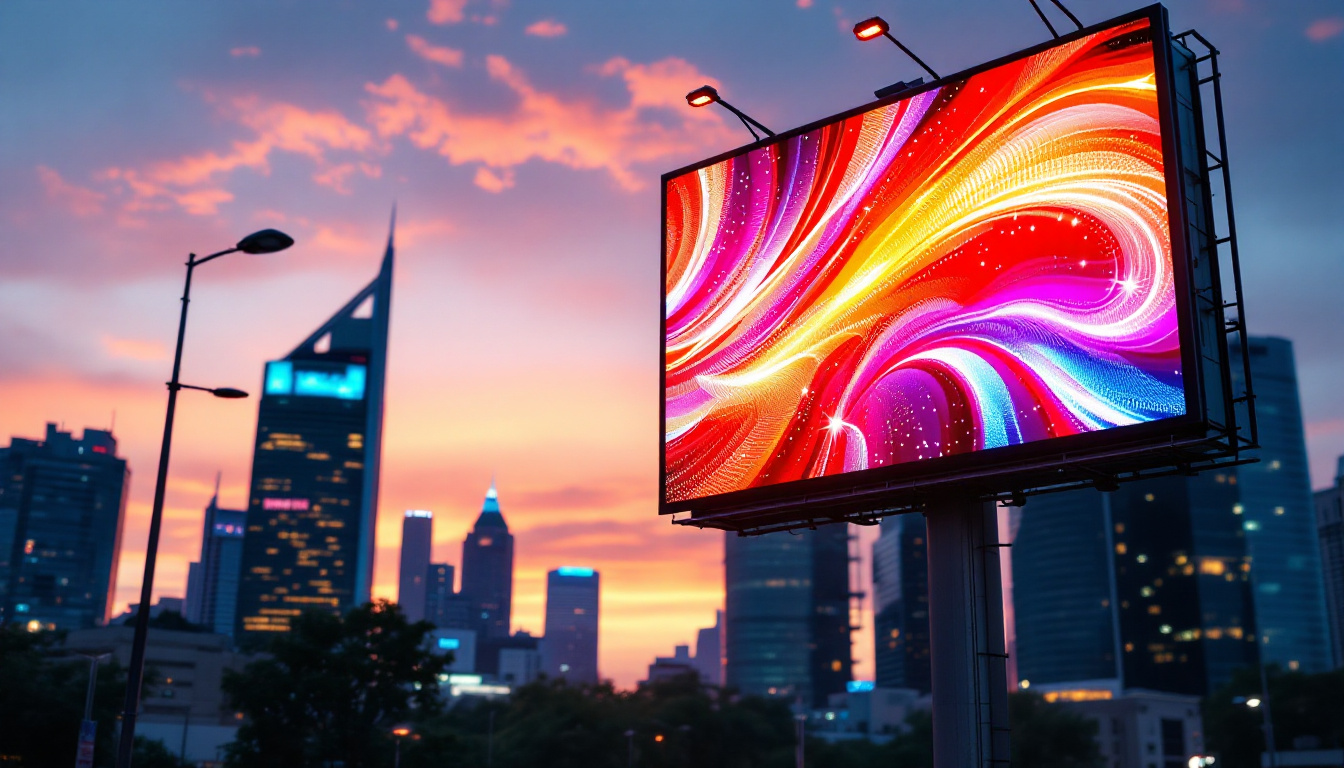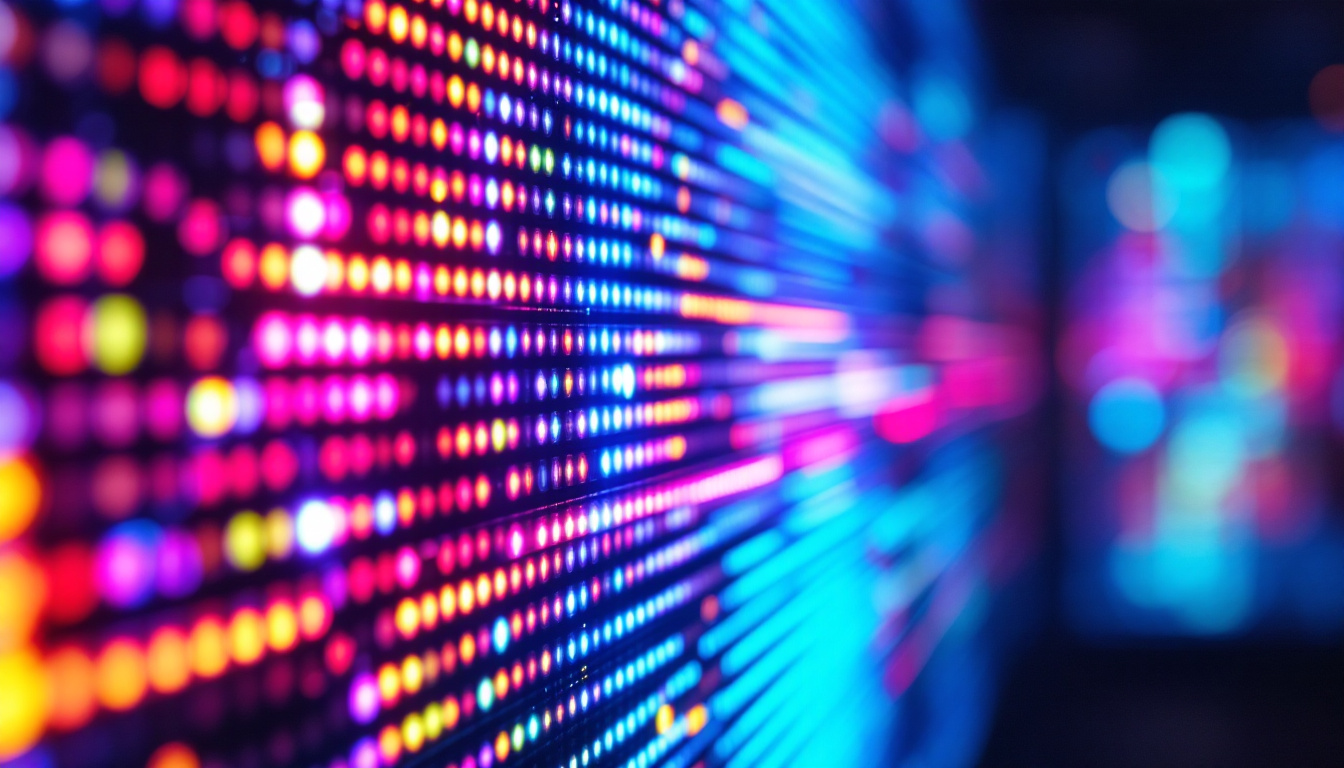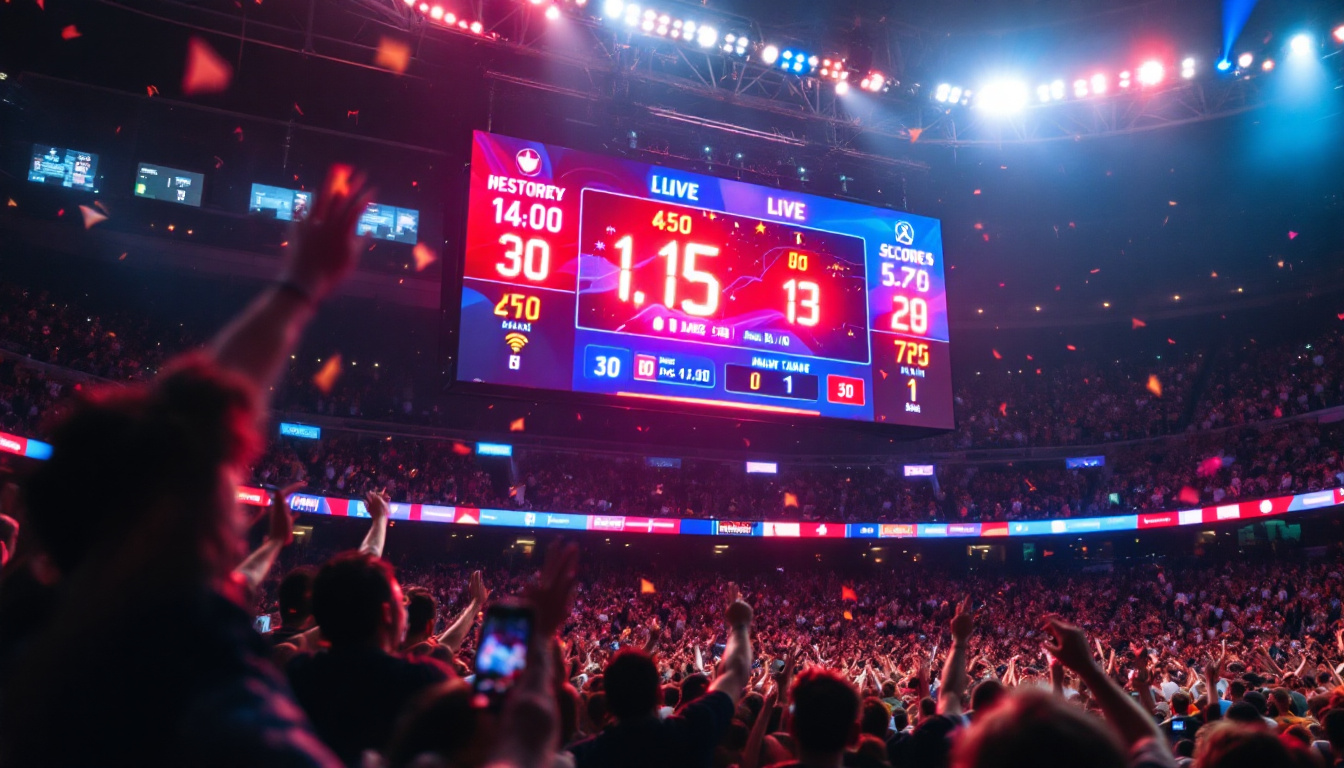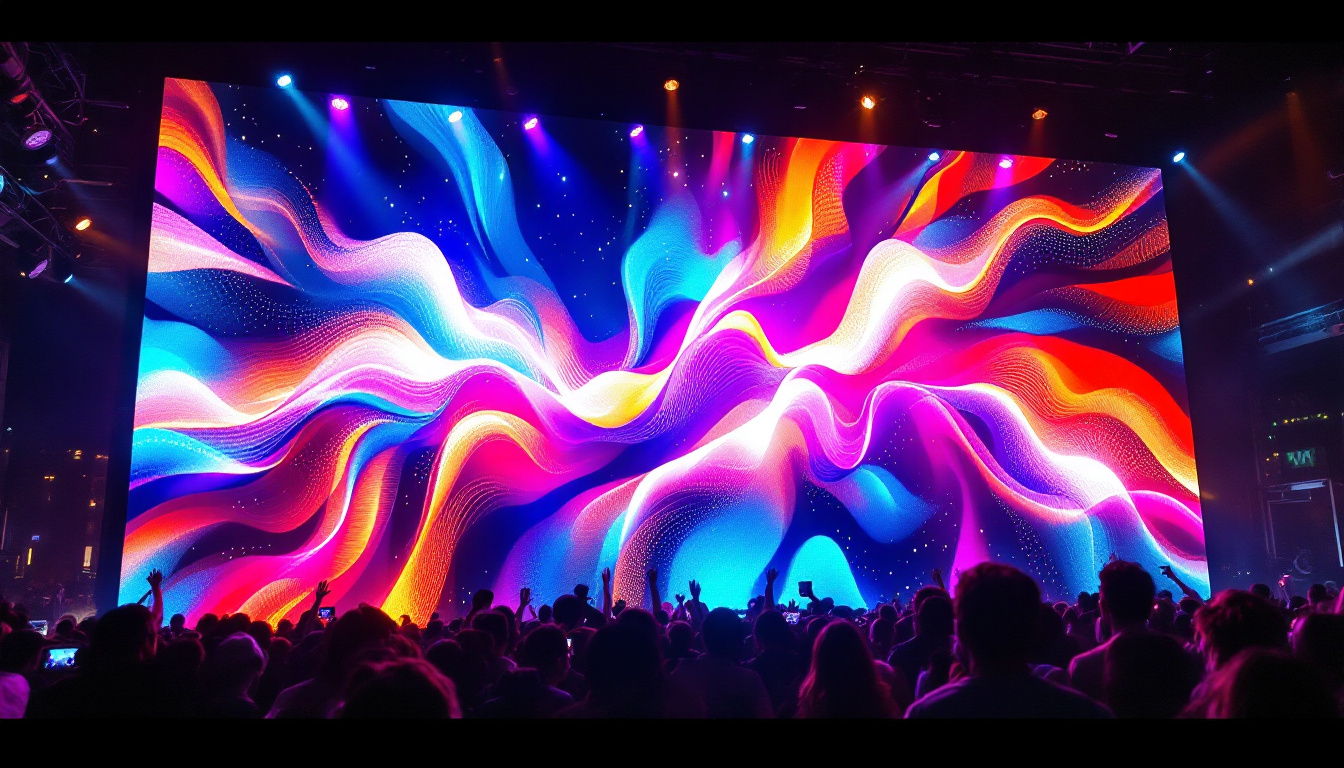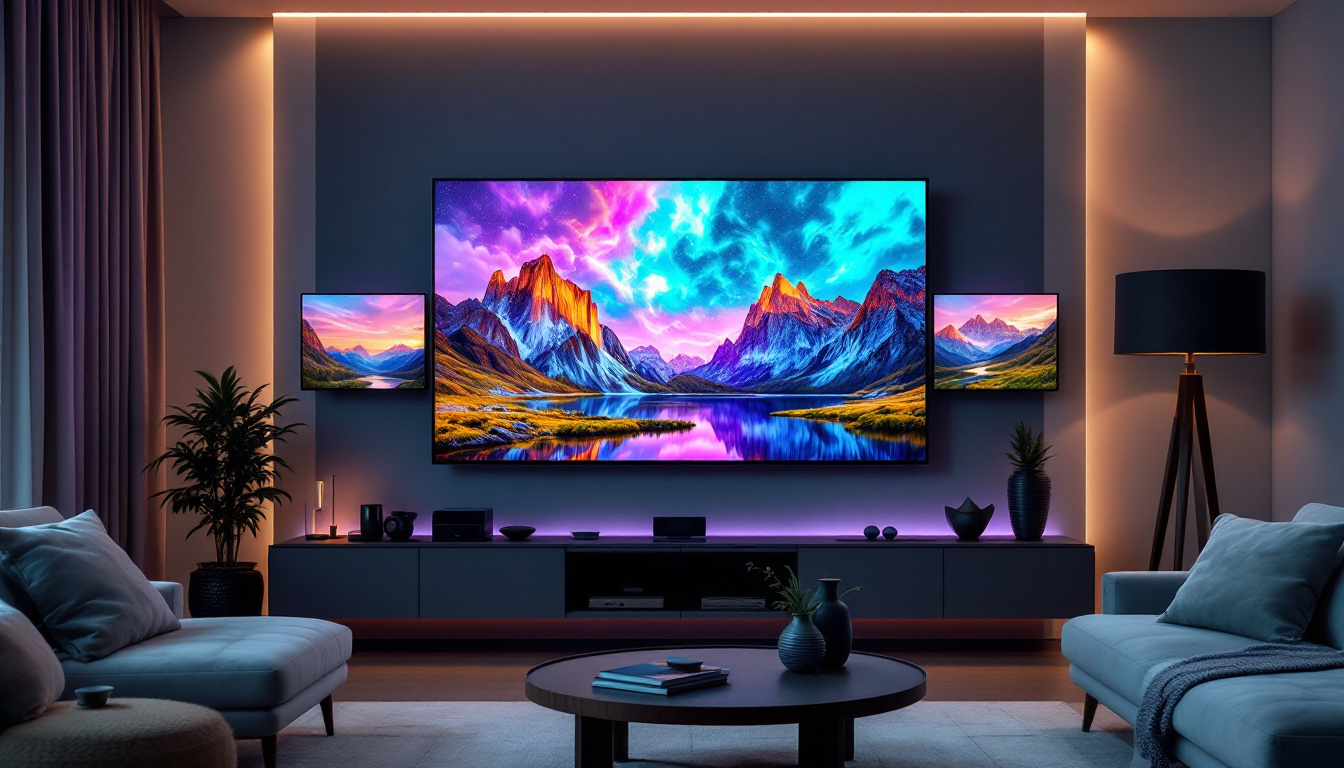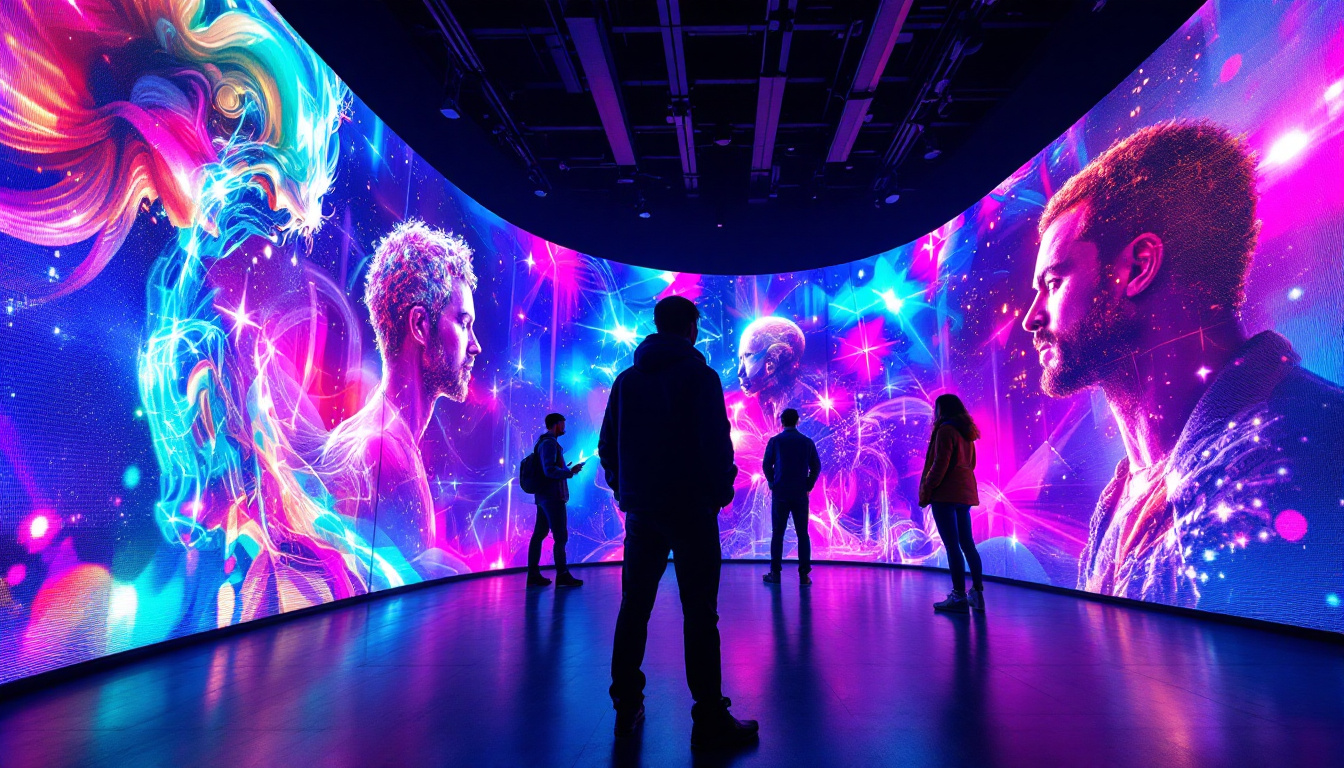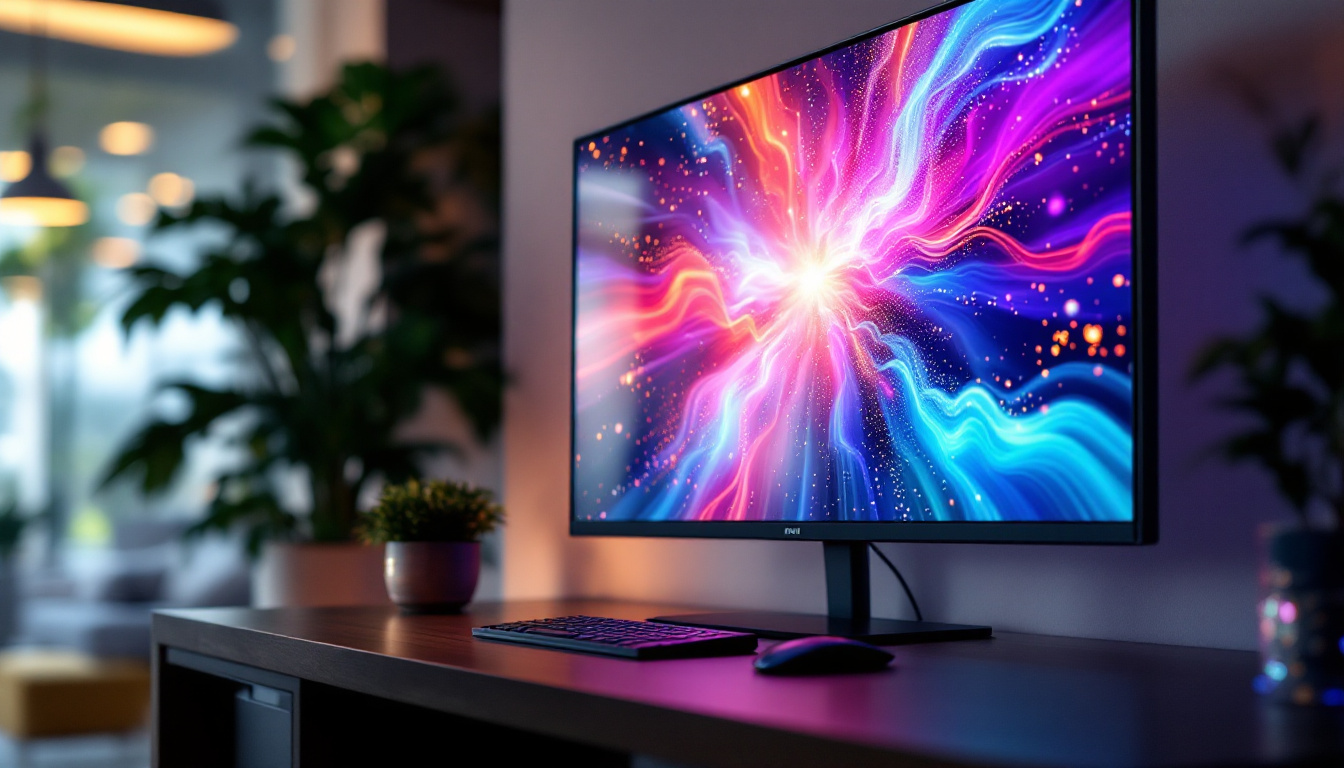In recent years, LED displays have become a staple in various industries, from advertising to entertainment. Their vibrant colors, energy efficiency, and versatility make them an ideal choice for a wide range of applications. This article delves into the intricacies of LED displays, exploring their technology, applications, and the future of this dynamic visual medium.
Understanding LED Technology
LED, or Light Emitting Diode, technology has revolutionized the way we perceive visual content. Unlike traditional display technologies, LEDs emit light when an electric current passes through them. This fundamental principle underpins the operation of LED displays, which consist of numerous tiny diodes arranged in a matrix. The efficiency and longevity of LED technology have made it a preferred choice in various applications, from household lighting to large-scale advertising displays.
How LED Displays Work
At the core of an LED display is a matrix of individual LEDs, each capable of producing light in various colors. These diodes are typically grouped into pixels, with each pixel containing red, green, and blue (RGB) components. By varying the intensity of each color, the display can produce a wide spectrum of colors, allowing for stunning visuals. The ability to control each pixel independently is what gives LED displays their remarkable versatility, enabling them to render everything from simple text to complex animations with incredible clarity.
The control of these LEDs is managed by sophisticated electronics that process incoming video signals. This technology enables the display to refresh rapidly, ensuring smooth motion and vibrant imagery. The result is a dynamic visual experience that captivates audiences, whether in a concert hall or a shopping mall. Additionally, advancements in LED technology have led to improvements in energy efficiency, making them not only visually appealing but also environmentally friendly, as they consume significantly less power compared to traditional lighting solutions.
Types of LED Displays
There are several types of LED displays, each tailored for specific applications. The most common types include:
- Direct View LED Displays: These displays are made up of individual LEDs that form an image directly. They are often used in large outdoor billboards and indoor video walls, where their high brightness levels and ability to be viewed from wide angles make them ideal for attracting attention in busy environments.
- LED Backlit Displays: These utilize LEDs to illuminate an LCD screen from behind, enhancing brightness and contrast. They are prevalent in televisions and computer monitors, providing a thinner profile and improved color accuracy compared to traditional fluorescent backlighting.
- Organic LED (OLED) Displays: A newer technology where organic compounds emit light when an electric current is applied. OLED displays are known for their deep blacks and wide viewing angles, making them a favorite among filmmakers and gamers who seek the best visual experience.
In addition to these common types, there are also specialized LED displays designed for niche applications. For example, transparent LED displays allow for a unique blend of digital content and physical environments, often used in retail spaces to create eye-catching advertisements without obstructing visibility. Furthermore, flexible LED displays are gaining traction, as they can be bent and shaped to fit unconventional surfaces, opening up new possibilities for creative installations and architectural designs. As technology continues to evolve, the potential applications for LED displays seem limitless, promising even more innovative ways to engage and inform audiences.
Applications of LED Displays
LED displays have found their way into numerous sectors, each benefiting from their unique properties. From advertising to healthcare, the applications are vast and varied.
Advertising and Marketing
One of the most prominent uses of LED displays is in advertising. Digital billboards and signage can capture the attention of passersby with vibrant colors and dynamic content. Advertisers can easily update their messages in real-time, allowing for targeted marketing strategies that can adapt to different times of the day or specific events.
Moreover, the ability to display video content on LED screens enhances engagement, making advertisements more memorable. This flexibility has made LED displays a preferred choice for businesses looking to make a significant impact.
Entertainment and Events
In the entertainment industry, LED displays play a crucial role in creating immersive experiences. Concerts, festivals, and sporting events often feature large LED screens that provide audiences with a closer view of performances and highlights. These displays can be configured in various shapes and sizes, allowing for creative staging and visual storytelling.
Additionally, LED technology is increasingly used in theaters and cinemas, where it enhances the viewing experience with vivid colors and crisp images. The adaptability of LED displays makes them suitable for both indoor and outdoor venues, ensuring that audiences remain engaged regardless of the setting.
Corporate and Educational Use
LED displays are also making strides in corporate and educational environments. In conference rooms, large LED screens facilitate presentations, enabling clearer visibility for all attendees. The ability to share high-definition content enhances communication and collaboration during meetings.
In educational settings, LED displays can be utilized for interactive learning experiences. They can display educational content, facilitate group discussions, and even serve as digital whiteboards. This technology fosters a more engaging and dynamic learning environment, catering to various learning styles.
Advantages of LED Displays
The rise of LED displays can be attributed to several inherent advantages that set them apart from traditional display technologies. Understanding these benefits is essential for businesses and organizations considering an upgrade.
Energy Efficiency
One of the standout features of LED displays is their energy efficiency. Compared to traditional incandescent and fluorescent lighting, LEDs consume significantly less power. This efficiency not only reduces operational costs but also contributes to a lower carbon footprint, making LED displays an environmentally friendly option.
Longevity and Durability
LED displays are designed to last. With a lifespan that often exceeds 50,000 hours, they outlast many other display technologies. This longevity translates to reduced maintenance costs and fewer replacements, making them a cost-effective investment over time.
Moreover, LED displays are more resistant to shocks and vibrations, making them suitable for various environments, including outdoor settings where weather conditions can be unpredictable.
High Brightness and Contrast
LED displays are known for their exceptional brightness and contrast ratios. This capability allows them to perform well in various lighting conditions, including direct sunlight. The high brightness ensures that content remains visible and engaging, regardless of the surrounding environment.
Additionally, the ability to produce deep blacks and vibrant colors enhances the overall visual experience, making LED displays ideal for applications that require high-quality imagery.
Challenges and Considerations
While LED displays offer numerous advantages, they are not without challenges. Understanding these potential drawbacks is crucial for informed decision-making.
Initial Costs
One of the primary challenges associated with LED displays is their initial cost. Although prices have decreased over the years, high-quality LED displays can still represent a significant investment. Organizations must weigh the upfront costs against long-term savings and benefits to determine if an LED display is the right choice.
Heat Generation
LED displays can generate heat, particularly during prolonged use. This heat can affect performance and longevity if not managed properly. Adequate cooling systems or ventilation may be necessary to ensure optimal operation, particularly in larger installations.
Viewing Angles
While LED displays offer excellent brightness, their viewing angles can sometimes be limited, especially in certain configurations. This limitation can affect the visibility of content from off-angles, making it essential to consider the placement and design of the display to maximize audience engagement.
The Future of LED Displays
The future of LED displays looks promising, with ongoing advancements in technology and applications. Innovations are continually reshaping the landscape, paving the way for even more exciting possibilities.
MicroLED Technology
MicroLED technology represents the next evolution in LED displays. This cutting-edge technology utilizes microscopic LEDs to create displays with even greater resolution and color accuracy. MicroLEDs promise to deliver stunning visuals while maintaining the energy efficiency and longevity associated with traditional LED displays.
As this technology matures, it is expected to find applications in various sectors, including consumer electronics, automotive displays, and more, further expanding the versatility of LED technology.
Integration with Smart Technology
As smart technology continues to permeate various aspects of life, LED displays are also evolving. Integration with IoT (Internet of Things) devices allows for more interactive and responsive displays. This connectivity enables real-time updates, personalized content, and enhanced user experiences.
For instance, in retail environments, LED displays can adapt their content based on customer behavior, creating a more engaging shopping experience. This level of interactivity is set to redefine how businesses communicate with their audiences.
Environmental Sustainability
As the world becomes increasingly aware of environmental issues, the demand for sustainable technologies is rising. LED displays, with their energy efficiency and long lifespan, are well-positioned to meet this demand. Manufacturers are also exploring eco-friendly materials and production processes, further enhancing the sustainability of LED technology.
Conclusion
LED displays have transformed the way visual content is presented across various industries. Their unique technology, coupled with numerous advantages, makes them a compelling choice for businesses and organizations seeking to enhance their visual communication.
While challenges exist, ongoing advancements in LED technology promise to address these issues and unlock new possibilities. As the future unfolds, LED displays will continue to play a pivotal role in shaping the way we experience visual content, making them an essential component of modern communication.
In summary, understanding the intricacies of LED displays is crucial for anyone looking to leverage this technology effectively. From their operation and applications to their advantages and future potential, LED displays represent a dynamic and evolving medium that is here to stay.
Explore Cutting-Edge LED Display Solutions with LumenMatrix
Ready to elevate your visual communication with the latest in LED display technology? Discover LumenMatrix’s innovative solutions, from vibrant Indoor and Outdoor LED Wall Displays to dynamic Vehicle and Sports LED Displays. Whether you’re looking to captivate your audience with a Floor LED Display, make a statement with a Custom LED Display, or streamline with an All-in-One LED Display, LumenMatrix has you covered. Experience the future of digital signage with our LED Transparent Display and more. Check out LumenMatrix LED Display Solutions today and transform your brand’s visibility and audience engagement.

